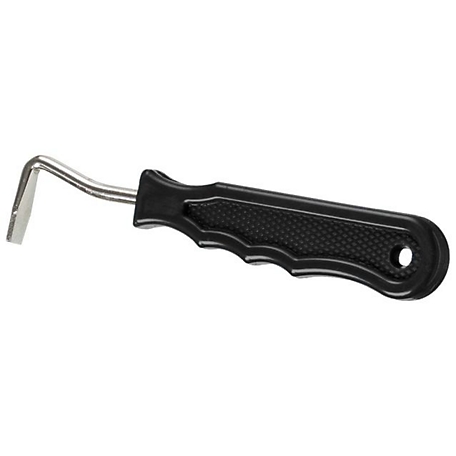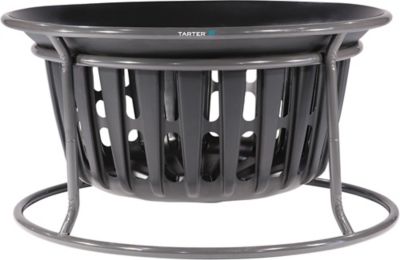Tough-1 Metal Hoof Pick with Polymer Handle – 101571099
-
( 2 Reviews )Rated 5.00 out of 5 based on 2 customer ratings02
- SKU: 101571099
The Tough-1 1 Metal Hoof Pick with Polymer Handle is made to last so you know you can count on it. This head of this horse hoof pick is made from steel for durability.
-
Best Ever Pads OG Saddle Pad, 860000000000 – 159806199
Rated 5.00 out of 501Best Ever Pads OG Saddle Pad, 860000000000 – 159806199
Rated 5.00 out of 501 -
Silver Royal Pistol Annie Barrel Saddle Package – 119054599
Rated 5.00 out of 502Silver Royal Pistol Annie Barrel Saddle Package – 119054599
Rated 5.00 out of 502 -
Mayatex Riverland Wool Saddle Blanket – 140714699
Rated 5.00 out of 501Mayatex Riverland Wool Saddle Blanket – 140714699
Rated 5.00 out of 501
The Tough-1 1 Metal Hoof Pick with Polymer Handle is made to last so you know you can count on it. This head of this horse hoof pick is made from steel for durability.
- Head: 3/8 in. x 1-1/2 in.
- Handle: 4-1/2 in.
- Horse hoof pick has steel head for long-lasting use
- Handle of the hoof pick is made from polymer
Additional information
| Handle Length | 4.5 in. |
|---|---|
| Handle Material | Polymer |
| Head Length | 1.5 in. |
| Head Material | Steel |
| Head Width | 0.38 in. |
| Product Weight | 1.5 oz. |
| Manufacturer Part Number | 68-040-1-0 |
Average Rating
5.00
Rated 5.00 out of 5 based on 2 customer ratings
025 Star
100%
4 Star
0%
3 Star
0%
2 Star
0%
1 Star
0%
Submit your review Cancel reply












by Haley
Does it’s job Good price Value item
by Pony
does the job a pick should do. have various colors to your liking.